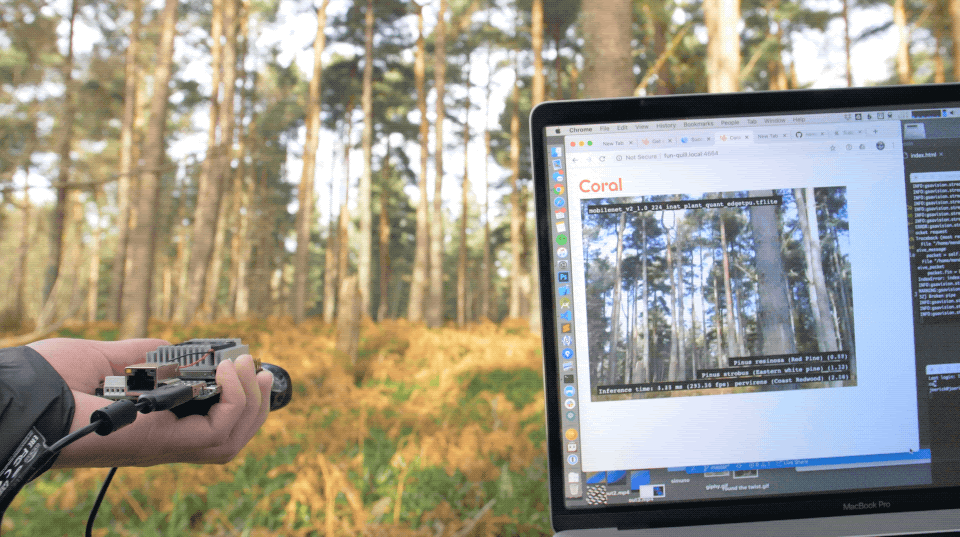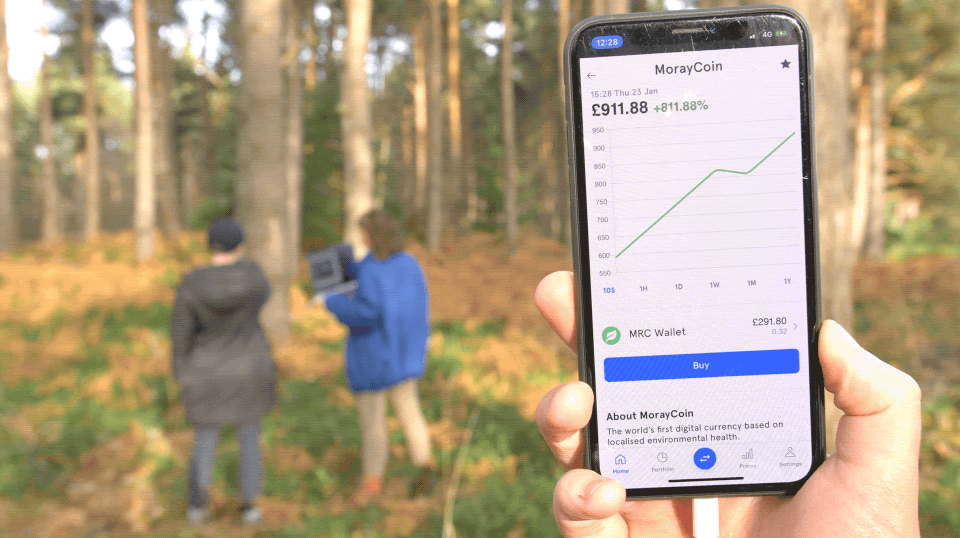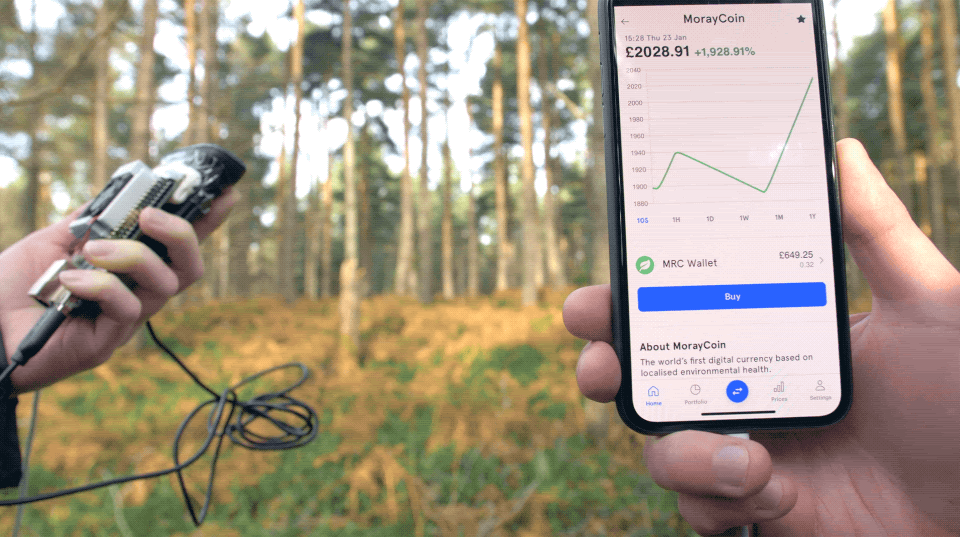
Winter School 2020
New perspectives: speculative prototyping for the climate crisis
Workshop, design fiction, emergent technologies, teaching, climate crisis, futures, prototyping

The climate crisis is now the greatest challenge we've ever faced as a species. Change takes 30 years: by 2050 we will know whether humanity has succeeded in mitigating the risks of climate catastrophe – or failed to act in time.
The workshop was hosted by Glasgow School of Art Innovation School in the beautiful and remote location of the Altyre Estate near Forres. As seen on BBC News, 160 students from 6 universities around the world spent 2 weeks exploring new approaches to designing for humanity and the natural world of our near future.
The Press and Journal - Glasgow School of Art Winter School to address climate change at Forres campus
Forres Gazette - Altyre Winter School students researching technological solutions to global emergency2
Glasgow City of Science and Innovation - Glasgow School of Art Winter School to address climate change at Forres campus

We brought together a team of creative thinkers to design and run a week-long workshop looking at the challenges of the climate crisis and how new technologies might help or hinder humanity and the planet. Working with Owen Thomas of Near, Alice Gunn, and Eva Kozanecka and Izzie Zahorian of Google AI. We introduced the students to new ways of thinking about the design process and the impact products have on the environment. A key driver of this project was the role of technology and how we might use it to rethink our current course. We provided students with an understanding of these new technologies - such as machine learning, augmented reality, and distributed computing.
Students then explored 2 potential futures, based on the brilliant research by ARUP, 2050 Scenarios [pdf]
Improvements in planetary health have occured at the expense of societal freedoms: restrictive living conditions, conflict and authoritarian regimes prevail.
This broadly represents humanity's current trajectory: a world in which societal conditions advance, but to the detriment of planetary health.
The students got the chance to work through a mini design and prototyping sprint, closely following the Nord Projects’ process that let them explore new areas, create exciting product concepts and communicate their visions with the world. This is brought together in a quick Google site you can check out here: winterschool2020.nordprojects.co
While running the workshop we also enrolled ourselves in the hackathon to look at the possibilities of edge computing, machine learning and how we might use them to change our understanding of how we value the natural world.
What if instead of gold, we used nature to underpin our economy?
Our prototype ‘MorayCoin’ uses tiny AI sensors that detect birdsong, animal sightings, monitor air quality and plant life, and communicate this across a distributed network, to set the value of local currencies. People can invest in MorayCoin, and the value rises and falls with biodiversity and environmental health of each currency district.




The MorayCoin prototype uses Google's Coral dev board with a Logitech webcam running the iNAT Plants model which generates data to drive a eWallet companion app.
What if nature got a share of the profits - could an AI work together with nature - trying different interventions to try to increase biodiversity and site value? Biological intelligence meets Machine Intelligence!
How does society deal with a shift in wealth from urban to rural? How can we prevent people gaming the system? How can we ensure humans are also valued in this system?




